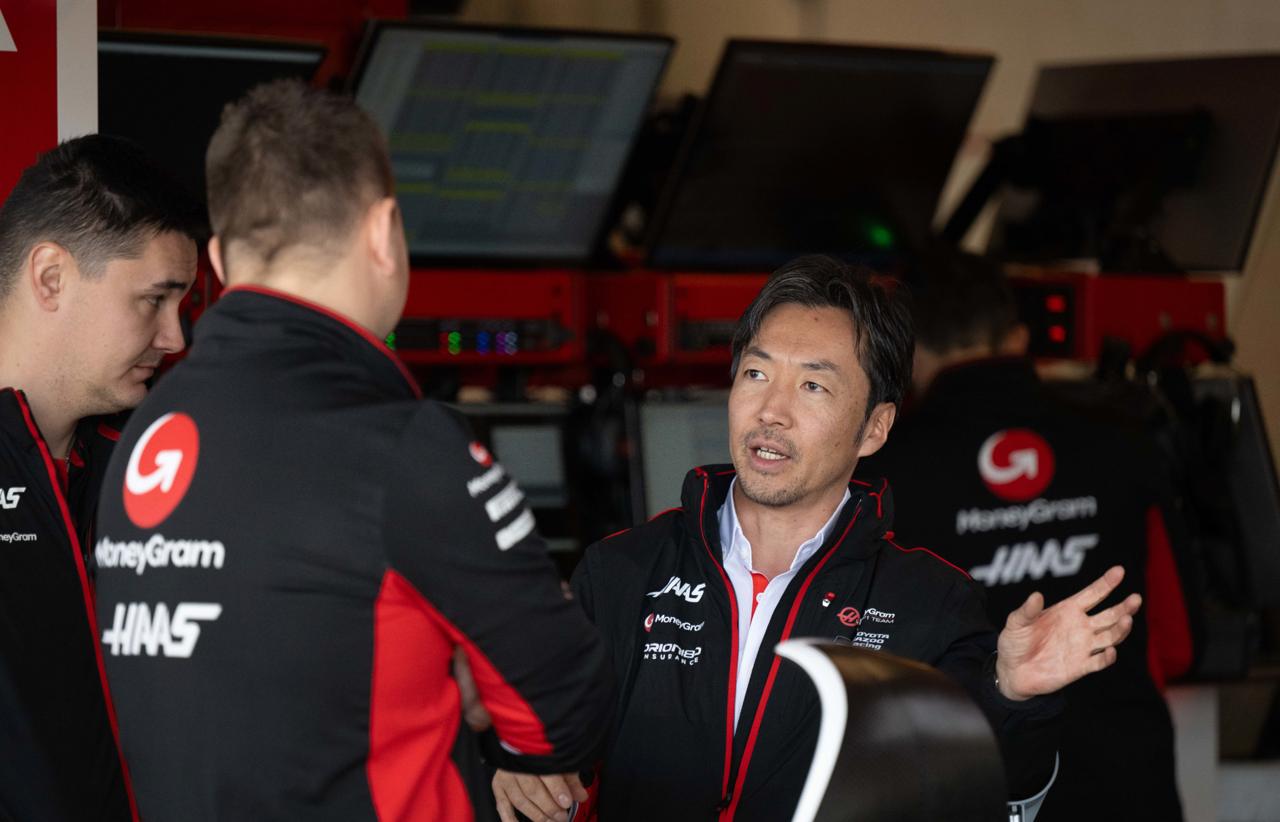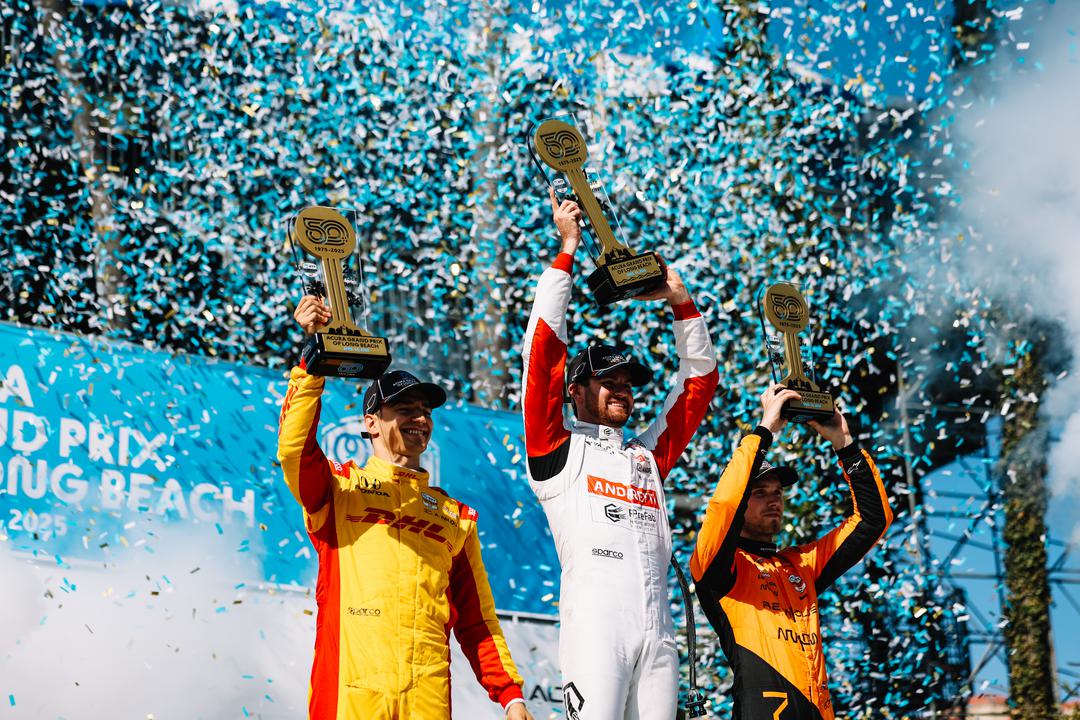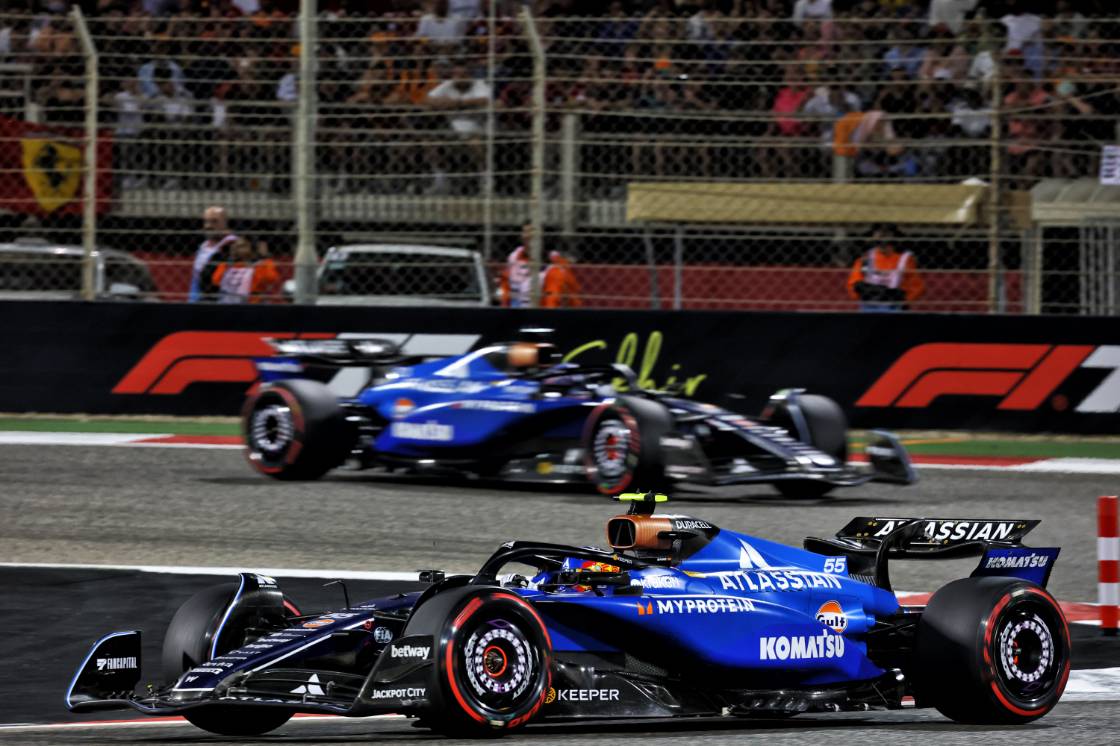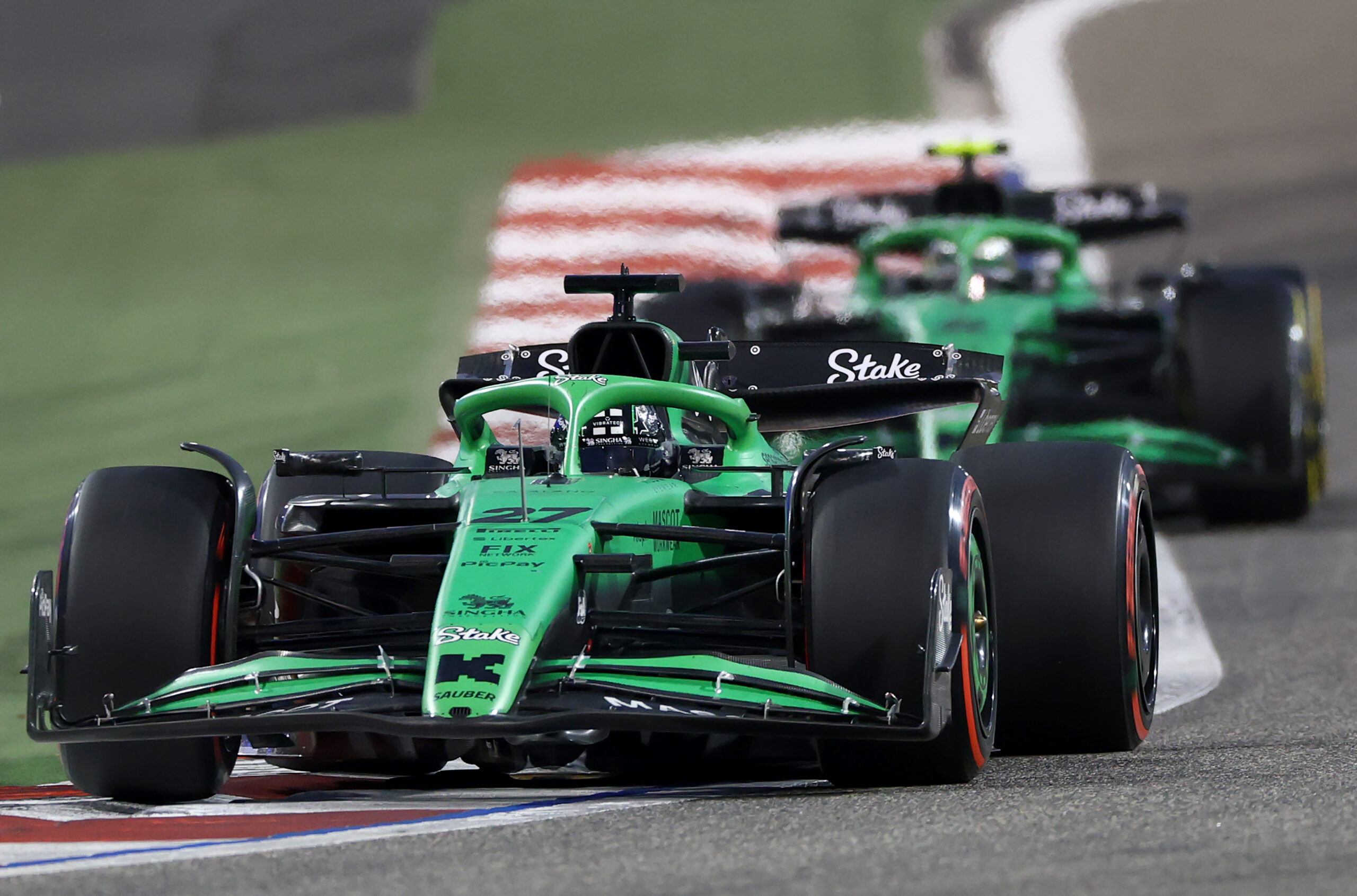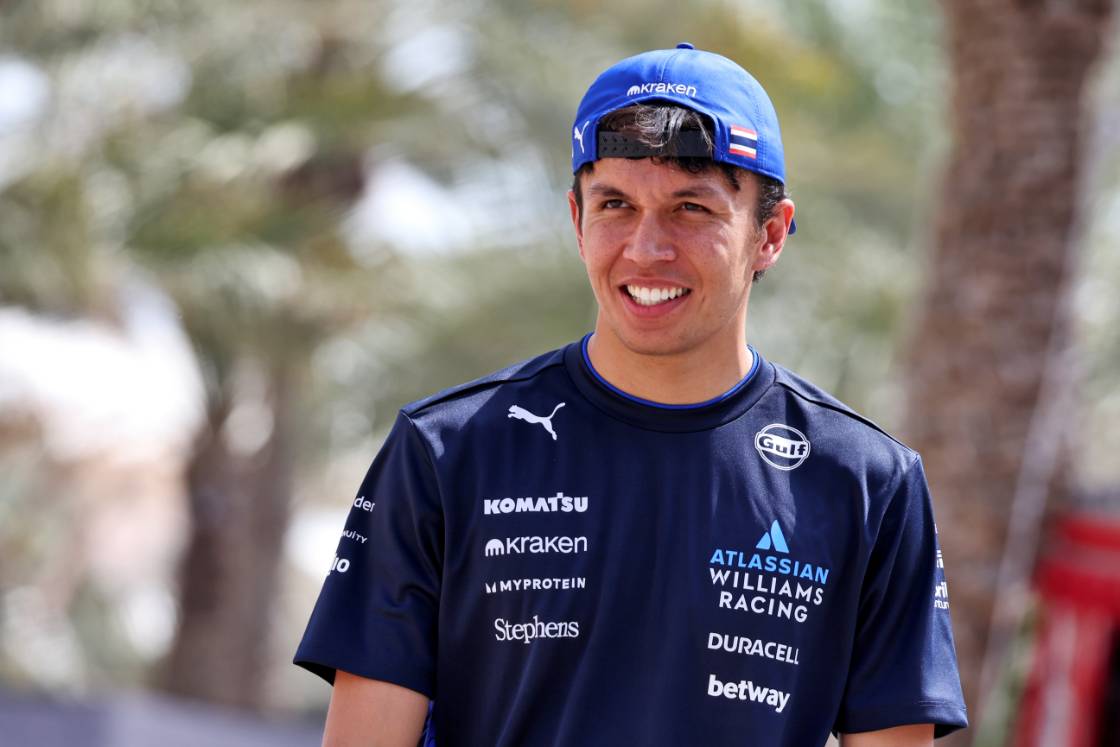The shock departure of Guenther Steiner as Haas F1 team boss ahead of the 2024 campaign saw Japan’s Ayao Komatsu take the reigns.
The 48-year-old has worked his way up the ladder in motorsport.
Starting out as a performance engineer at Lotus, he worked his way up to the role of chief engineer, then went on to work as trackside engineering director at Haas.
Despite that surge up through the sport, Komatsu had no real interest of becoming an F1 team principal, although he was ultimately happy to take the role when offered it by Gene Haas when Steiner was removed.
He also had the mentality of trying to figure out how to do things better in his previous roles.
“Honestly like I always said that it wasn’t my target to become team principal,” he reflected on The Fast and Curious podcast, recalling his early days in the motorsport industry.
“I always wanted to do Formula One. Then once I went to Lotus Engineering I realised ‘okay I really wanted to do chassis vehicle dynamics’.
“Then when I was doing Formula Three I loved doing trackside I said ‘okay I want to be a race engineer’. So that’s what I wanted to do. Then I became race engineer at some point.
“Then I became chief race engineer. I was doing [the job as] a trackside engineering director but always like focused on performance engineering, trying to make the car go faster, trying to make the team to perform.
“So it was never my goal trying to be a team principal.
“But then whatever the job you do, once you get used to what you’re doing within your let’s say limit or constraints, you always look ‘okay what can we do to make make it better’ if certain things that constrains me were removed.
“So you’re always looking at the next step, but it’s not like next step I was like ‘okay next step I want to be a team principal’.
“But I was always thinking about what is holding this team back. If I was doing certain things, how can I make it better. So I guess I had a plenty of ideas, and I’ve been with the team since day one.
“Then ultimately just Gene decided that he wanted to make a change. When Gene said to me are you interested I said ‘yes’.”
Since Steiner left, a significant transformation has been happening at Haas F1 under Komatsu.
From scoring 12 points and finishing in last place in the standings in 2023, to 46 points and 7th in the standings this year, his leadership capabilities have been proven.
Komatsu talked about the difference he brought to the Haas F1 team, where it is about listening to people, understanding their needs and bringing everyone closer together, revealing just how difficult things had been under Steiner, who very much like to be in front of the cameras.
“We’re having a fantastic season because of who we’ve got. At the end of the day you know your team is only as good as the people you’ve got.
“And then since I’ve been here from day one, I know we’ve got good people. I knew.
“I always believed we had really talented people, but it wasn’t put together. We weren’t working together as a team, we weren’t singing from the same hymn sheet.
“So really like my first focus when I got this job was trying to make us work as one as a team because we are the smallest team on the grid.
“We are just over 300 people. Other teams have 600 people, 900, a thousand, 1200. So if we if we are not united, if you’re not working as a team, we don’t stand a chance.
“But I really believe we got individuals to do much better than what we’ve been doing before.
“So my first job for me when I got this job was really trying to talk to people, understand and listen to them rather than telling them [what to do], listen to them and really think what they need from the team, what kind of environment I can give them or facilitate to let them flourish.
“So, that was my target.”
Historically, the team has struggled with in-season car development—an essential factor for success in Formula One.
Upgrades often failed to deliver improvements, leading some within the organisation to question their value altogether.
In Formula One, continuous improvement is non-negotiable. If an upgrade doesn’t work, the real question is: why?
This introspection led to a realisation: the issue wasn’t the upgrades themselves but the lack of communication and cohesion between different parts of the team in the UK and Italy during Steiner’s time as team leader.
This required both structural changes and a cultural shift within the organisation. A more unified team with better communication across departments came as a result, and upgrades that now deliver measurable performance gains—helping Haas take big steps compared to where they were in Bahrain.
“For instance one of the main issues we had in the previous years was that Haas was not able to develop the car in-season. We weren’t able to put upgrades on the car that works.
“And then there was certain people saying previously that ‘well [an] upgrade is a waste of time, it never works — we shouldn’t do it’.
“But to me it’s opposite. When the upgrade doesn’t work you’ve got to really find out why your upgrade doesn’t work. It’s got to work.
“To be competitive in Formula One you have to be able to develop the car in-season, there’s no doubt.
“And then if it wasn’t working you’ve got to get to the bottom of why it didn’t work, and then for me that was because again we weren’t working as a team.
“We’ve got the trackside people who’s running the car — that’s what you see on tv.
“The trackside people’s job is to get best out of what you’re given, best out of the car, best out of your driver, and then execute the race with good strategy.
“But if the cars are slow, your best is it’s not going to be anything special.
“But then [the] two drivers, they are the ones telling you what the issues of the car is.
“So really we got to understand that and then we’ve got to communicate that well to the guys back at home, in our case the guys in Italy who’s basically designed the car, the designers and aerodynamicists.
“So that cross-group communication working together a bit was the key, so that required a change of structures, and then moving certain people who I believed who weren’t in the right role if you like, and then putting right people in the right place having a structure that promotes that cross-group communication.
“Then again let’s not have the bottleneck of let’s say dictatorship if you like.
“We’ve got talented people everywhere […] in group leaders, non-senior people as well. So if we maximise them, if we hear their voices, I was pretty sure we can make the car more competitive, and then that’s what I’ve been trying to do.”
He also talked about Hülkenberg’s input getting taken seriously, which in turn has made a huge difference in how the car is performing compared to last year.
In 2023, Haas struggled massively on Sundays as they had huge tyre degradation and fell through the pack.
The Japanese engineer explained that last year the German’s feedback was not really listened to.
“Since he joined us last year, Nico’s been brilliant.
“He gave us that reference in qualifying, he’s an amazing qualifier.
“So he shows us what the limit of the car is, how quick this car can go, and he’s got a really good feeling in the car so he can tell you exactly what we need to improve to make the car go faster.
“But then again last year his comments, his feedback wasn’t taken on board in the right way so that we couldn’t develop the car.
“But this year that’s not the case, that’s why we can make the car go faster.”

